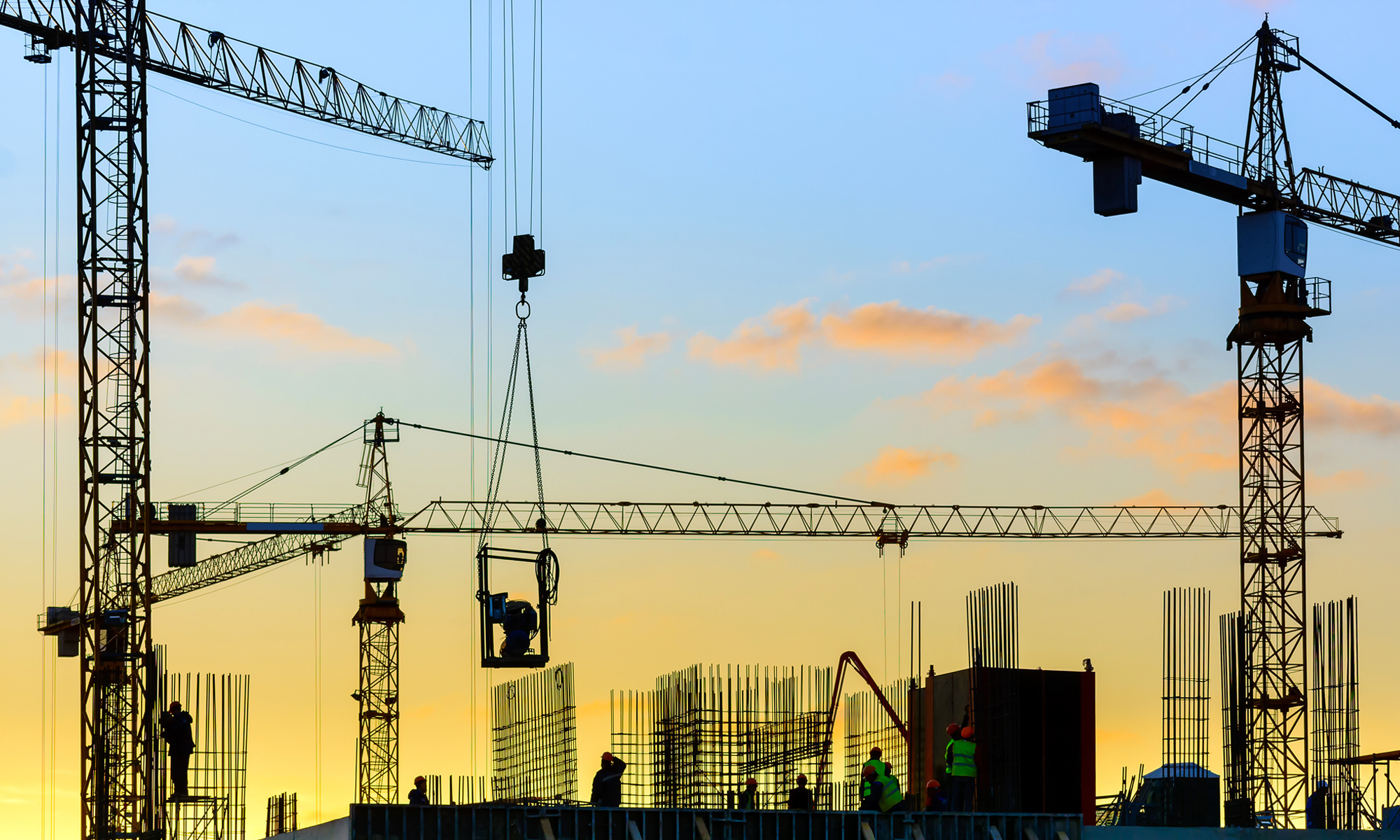By Owen Newman and Chris Chasin
Who is in the best position to sustain the loss? And what outcome is in the overall best interests of industry, economy and the public at-large? Governments will grapple with these issues in the context of COVID-19 in the months and years to come. And the construction industry, willing or not, will find itself at the core of these debates as it deals with COVID-19 related cost and schedule impacts caused by work stoppages, disruption of labor resources and productivity, disturbed supply chains and varied safety requirements.
Owners and contractors contractually allocate cost and schedule risks with express insurance requirements, indemnity provisions and clauses covering change and variation, force majeure and change in law. These provisions vary the allocation of risk by providing contractors with complete relief for costs incurred, overheads and profits to express bars against relief for schedule or cost impacts and everything in-between. Frequently, in the case of force majeure events, contracts may excuse late or partial performance of contractual obligations, but leave the risk of cost impacts occasioned by the force majeure entirely with the contractor. Theoretically, such provisions allow owners and contractors to assess potential risks, balance such risk with additional profit or savings opportunities and price an acceptable level of risk into the contract.
But what happens when a risk appears of such scope that it materially alters not only a single party or project, but also both parties’ entity-wide risk profile? In these rare instances, many contractors and owners will likely find the contractual allocations of risk intolerable or unsustainable, driving them to seek relief through claims and formal dispute resolution and testing the application, interpretation and enforceability of foundational mechanisms for risk allocation within the construction industry.
Formal disputes are likely to raise conflicts between express contractual agreements and traditional common law principles such as prevention, frustration and impossibility. And in some cases, parties may find themselves and their contracts subject to a court’s application of such principles in a manner intended to reflect modern judgments about the balancing and burden of significant loss. Given the extent of economic disruption, national and local governments are also likely to intervene with attempts at re-allocation of loss through legislated insurance coverage, liability caps and other statutory and regulatory mechanisms.
In the U.S., both the federal government as well as several states have already begun the process of intervening to compel insurance coverage and reduce the burden of proof for worker’s compensation claims. And OSHA recently clarified that COVID-19 can be a recordable illness.
U.S. courts are also beginning to address these issues, including a significant decision from the Pennsylvania Supreme Court, Friends of DeVito, et al v. Tom Wolf, Governor, et al, (Case No. 2020), in which the court faced the question of whether COVID-19 fell within the definition of a “natural disaster”. While not in the context of insurance or a force majeure clause, the court’s decision that the virus’ physical characteristics and impacts rose to the level of “damage to property” could have far-reaching consequences for insurance policies also requiring physical damage or presence.
The legislative, regulatory and legal landscape is changing daily. And it is impossible to know when or how these issues will resolve, what their impact will be and whether the breadth and extent of impact will result in fundamental change to previously understood allocations of risk. In such circumstances, it is important to avoid being paralyzed by uncertainty and instead focus on monitoring the changing environment, developing and adjusting contingency plans and controlling the controllables, including:
(1) Communication. In an uncertain environment, increased transparency and communication, avoiding surprises and facilitating agreed and collaborative planning among owners, contractors, vendors, employees and other stakeholders is critical. While a utopian ideal of avoiding all disputes may be unachievable, increased communication can avoid the severest of outcomes and improve likelihood of success. Focus more on substance and less on commercial posturing – now is not the time to play “hide-the-ball.” Even where agreed resolution is not possible, agreement on a manner and mechanism for commercial resolution can be beneficial.
(2) Training and preparing site personnel for increased on-site interactions with state and local governments and entities, including local police interpreting government orders. It is important that site personnel prepare for these interactions and understand how to navigate them. When in doubt about the impact of regulations on-site, seek clarification from counsel or from the regulating body.
(2) Aggressively monitor changing safety regulation and recommended practices. Implement such practices as applicable, making virus safety and transmission avoidance a part of an overall safety culture. Consider not only the new procedures, but the impact such changes will have on workplace safety more generally. Be prepared to demonstrate compliance at any time.
(3) Timely issue contractual notices and preserve rights as contractually or legally required. Review contractual requirements and prerequisites, time and cost relief or other remedies, as well as any contractual standards related to proof and causation.
(4) Document, document, document. Maintain detailed records related to delivery delays, manpower shortages, changes in productivity, vendor changes, and other impacts, including steps taken (regardless of outcome) to mitigate such impacts.
(5) Plan for what is next. While the initial round of COVID-related shutdowns, changes in regulation and other impacts may have been unforeseeable, ongoing challenges with viral spread, including additional shutdowns, are not.
